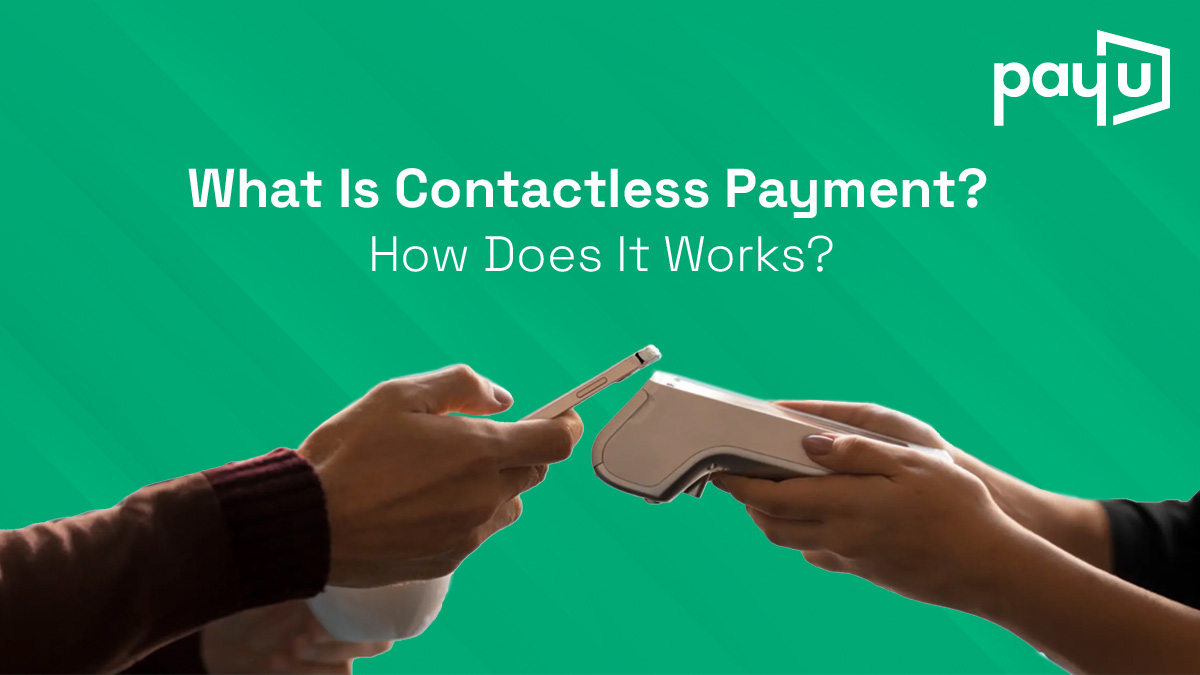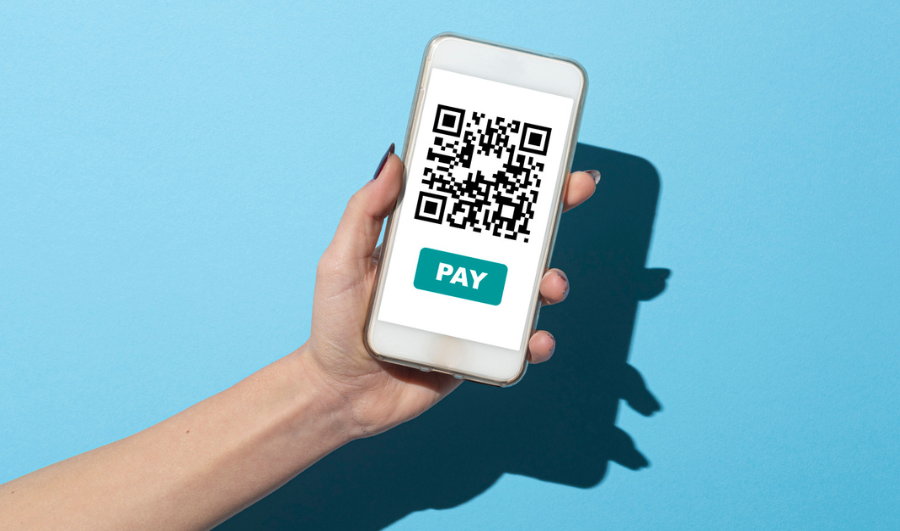
Today, in the modern business world, as a business owner, it is essential to continually evolve and stay current to remain competitive. At the same time, you must adopt best practices that facilitate customer convenience. One such practice you can adopt is implementing an efficient payment system, such as contactless payment, which allows customers to make payments easily, enhances their checkout experience, and improves operational efficiency.
If you’re unsure what contactless payment is, how it works, or how you can benefit from adopting this payment system in your business, then this guide is for you.
What is contactless payment?
Contactless payment is also commonly referred to as a tap-to-pay system. As the name suggests, it is essentially a secure and touch-free payment method that enables customers to make payments easily and quickly. It uses NFC (Near-Field Communication) and RFID (Radio Frequency Identification) to establish communication between the business’s acquiring bank and the customer’s payment device.
Since the introduction of the contactless payment system, the technology has gained immense popularity in India. Nowadays, many customers in India prefer contactless transactions as they eliminate the need for customers to provide their debit or credit card to the business owner, enter a PIN (personal identification number), or provide a signature to complete the transaction. Additionally, a contactless payment gateway enables customers to avoid physical contact with the payment processing device or terminal, making it a hygienic, fast, and convenient payment option.
When you make a contactless payment, the data exchange between the contactless card and the POS system is possible within a range of approximately four centimetres. This plays an important role in preventing and minimising the risk of accidental card reading and fraudulent transactions.
Another important thing to note is that, according to the RBI (Reserve Bank of India) guidelines, the current contactless transaction limit is set at Rs. 5,000 per transaction. This means you can make a payment of up to Rs. 5,000 without entering your PIN.
Working of contactless payment systems
Now that you understand what contactless payment is, it is essential to have a clearunderstanding of how the system works. This would also help you assess if the system is suitable for your business.
As mentioned before, contactless transactions technology uses NFC. This means that two devices, specifically the customer’s payment device and the merchant’s payment receiving device, communicate with each other when they are in close proximity to each other. Here is a step-by-step process of how contactless transactions, also known as tap and pay transactions, work.
- Initialisation
The customer holds their contactless-enabled debit or credit card, smartphone, or any other wearable device close to the NFC-enabled point of sale (POS) terminal.
- Communication
As soon as the customer places their card, wearable device or smartphone near the POS terminal to tap and pay, the terminal sends out a radio frequency signal, which is detected by the NFC chip in the payment device and the payment is initiated.
- Encryption
Once the payment is initiated, the payment information is securely transmitted using encryption to prevent fraud. This involves tokenisation, where a unique token number is generated for each transaction instead of using the card’s details.
- Authorisation
The payment processor verifies the transaction details and checks if there are enough funds available to complete the transaction.
- Confirmation
Once authorised, the transaction is completed, and the POS terminal displays a confirmation message.
Although it may sound tedious, the entire payment process takes only a few seconds to complete. This makes it a significantly faster payment method than the traditional card payment methods.
Benefits of contactless payment
Now that you know what a contactless transaction is and how it works, you must also know about its various benefits, which include:
- Better customer experience
Today, in the competitive business world, providing the best customer experience is crucial for retaining existing customers and attracting new ones. And, providing a contactless payment gateway can immensely help you in this regard. Contactless payments enable customers to simply tap and pay, making the process smooth and convenient for them, which leads to a better customer experience and, in turn, fosters their loyalty.
- Better operational efficiency
With a contactless payment system in your business, you can significantly improve the daily operational efficiency. For example, you do not need to have a dedicated person standing at the counter to process payments. Additionally, transactions are completed quickly compared to cash counting or operating a card machine.
- Fraud protection
Contactless payment systems are completely safe, as they utilise encryption measures that prevent the risk of phishing and hacking into customers’ personal and confidential details. As a business owner, you can assure your customers that all the payments are processed safely and securely, winning their trust and confidence in your business.
- No additional cost
Another significant advantage of a contactless payment system that deserves special mention is that, as a business owner, you do not incur any additional processing costs for the contactless service. You do not need to pay any additional charges that you would incur for a regular credit card or debit card transaction.
Conclusion
Contactless payment is a quick and secure method for completing transactions. As a business owner, having a contactless payment system enables your customers to tap and pay with their credit or debit card, smartphone, or smartwatch for their purchases. Thus, it also helps you provide a better customer experience and improve your business efficiency.



